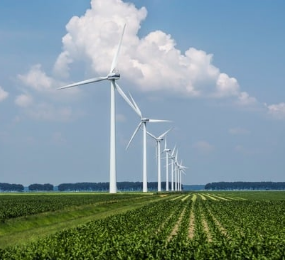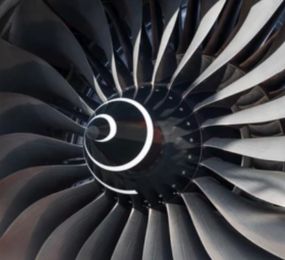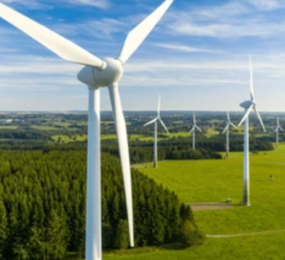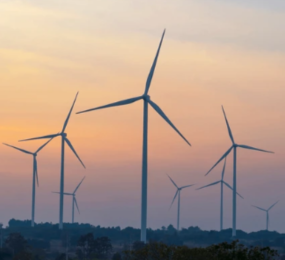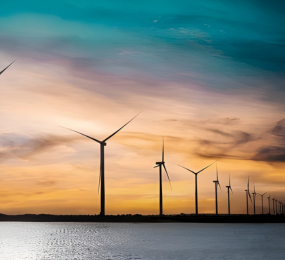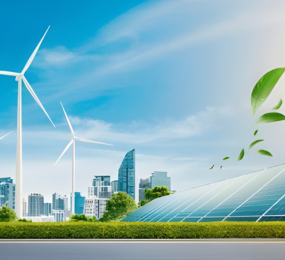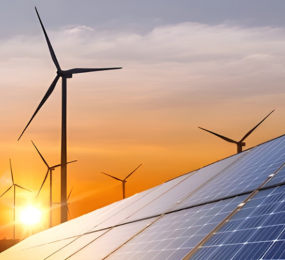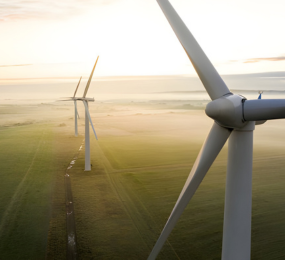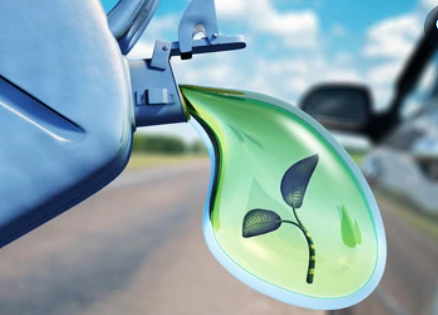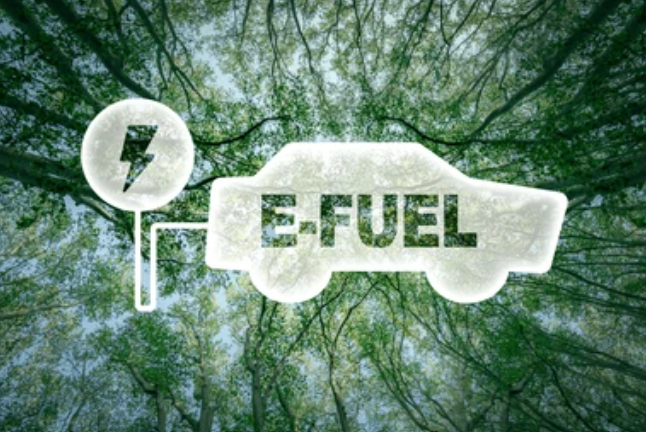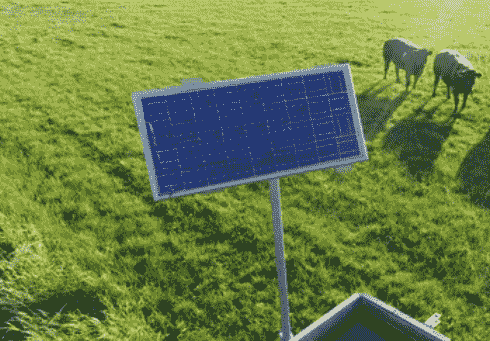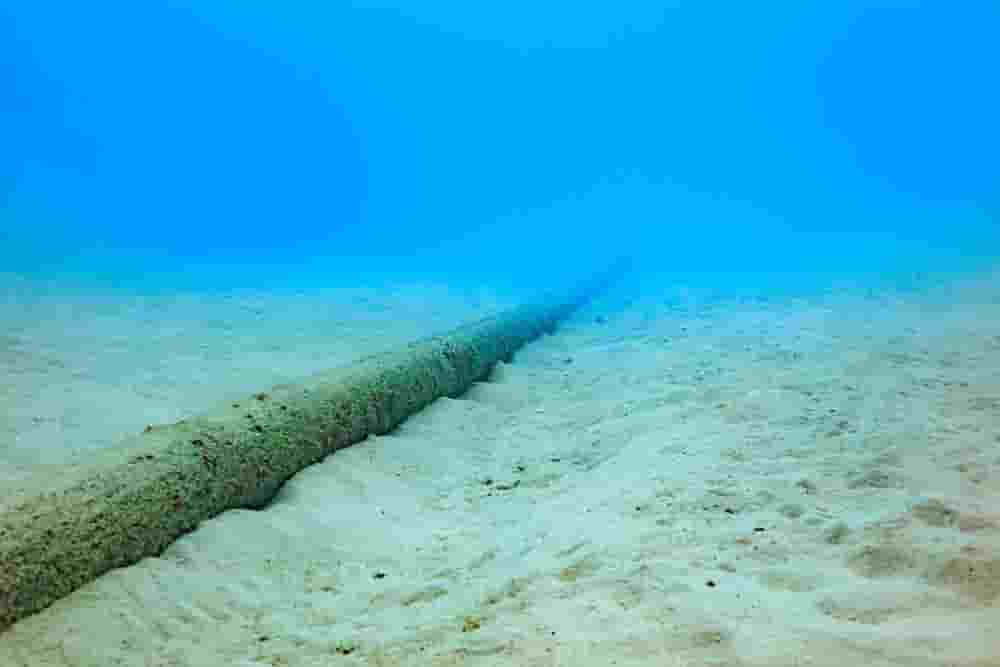Rethinking Wind Turbine Blades: Materials, Waste, and the Path to Circular Energy
Wind power is one of the world’s fastest-growing renewable energy sources. Its ability to deliver clean electricity without emissions has made it a pillar of the global shift toward sustainability. But as wind farms grow older, a new issue is gaining urgency: what happens to turbine blades once they reach the end of their useful life?
Wind turbine blades are engineering marvels—designed to endure high-speed winds, extreme weather, and decades of use. They’re typically made from composite materials, mainly fiberglass or carbon fiber bonded with tough resins. These materials are ideal for strength and longevity, but difficult to break down and recycle. Once decommissioned, many blades are currently sent to landfills. While they don't leach harmful chemicals, their sheer size and volume pose long-term environmental concerns.
A Problem the Industry Can’t Ignore
With thousands of turbines approaching retirement age worldwide, the wind industry faces a challenge that demands innovation. Disposing of blades in landfills is no longer acceptable from either an environmental or reputational standpoint. That’s why manufacturers, researchers, and governments are working together to find smarter, more sustainable solutions.
New Materials for a Better Future
Recent developments in blade design aim to make recycling easier from the start. Innovations like thermoplastic resins—which can be reheated and reshaped—are gaining ground. Bio-based resins made from renewable sources such as corn or vegetable oils are also being explored to reduce the environmental impact during manufacturing.
Emerging Recycling Solutions
Current recycling methods include mechanical recycling—cutting blades into pieces for use as fillers in concrete or road materials. Some companies are using thermal and chemical processes to separate the fibers and resins, which can then be reused in new products. Creative reuse is also on the rise: parts of old blades have been turned into playground equipment, pedestrian bridges, and even street furniture.
Governments are beginning to support these efforts with funding and legislation aimed at promoting circular design and reducing industrial waste.
Conclusion
The growth of wind energy is a success story—but like any industry, it must face its full environmental impact. As the sector matures, dealing with wind turbine blade waste is no longer optional. With better materials, smarter design, and committed recycling strategies, we can ensure that wind energy remains not only renewable but truly sustainable.
Takeaway Points:
- Most retired blades currently end up in landfills, raising long-term environmental concerns.
- New blade materials like thermoplastics and bio-resins improve recyclability.
- Recycling methods include mechanical shredding, chemical breakdown, and creative repurposing.
- A circular approach to blade design and end-of-life management is essential for the future of clean energy.
- Wind turbine blades are made of strong composite materials that are hard to recycle.
Learn more on our website: https://www.leadventgrp.com/events/3rd-annual-wind-blade-materials-and-recycling-forum/details
For more information and group participation, contact us: [email protected] .
Leadvent Group - Industry Leading Events for Business Leaders!
www.leadventgrp.com | [email protected]




